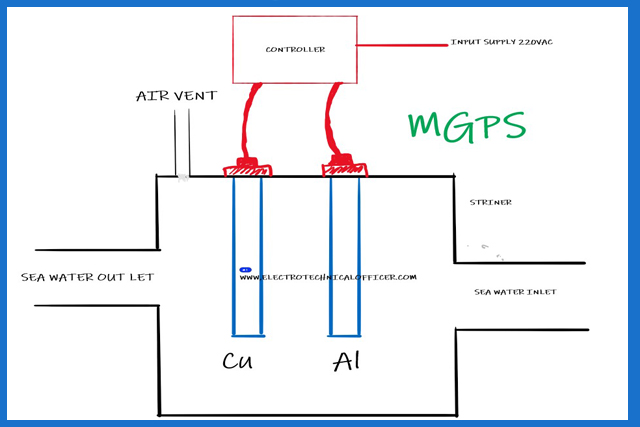 |
| Picture Credits: Madhan ETO |
Search and Rescue Transponder (SART)
SART is Search And Rescue Radar Transponder. The
purpose of SART is to determine the location of Survivors during search and
rescue operations.
Every vessel is equipped with 2 SARTs located in an
easily accessible place, normally bridge, which is to be hand-carried to life
rafts/lifeboats while abandoning the vessel.
They
are to be mounted on the survival craft as high as possible at least one meter
above the sea level, with help of telescopic rods and left ON in standby mode
during emergencies.
SARTs are designed to work with X band radar (3 CM/9Hz
radar).
As the vessel approaches the position of SART and when the range is approximately 1 mile they will change to arcs and become circle when very close to the SART position.
When interrogated by an X band radar signal, SART gives an audible beep sound every 2 seconds and visual indication.
The range of SART is 10 nm to large ships and 40 nm to
SAR helicopter at a height of 3000ft when mounted 1 m above sea level.
To enable to identify SART X band radar is set for use
12 nm.
SART is to be checked once a month by putting the X
band radar on 12 miles range.
SART is taken out of the bridge and kept in line of sight with the radar scanner and put on test mode. We will get an audible alarm and visual indication on the SART and 12 concentric circles in the X band radar.
SART uses Lithium primary battery of 18v which gives a standby time of 96 hours and operation time of 8 hours when activated/interrogated.














